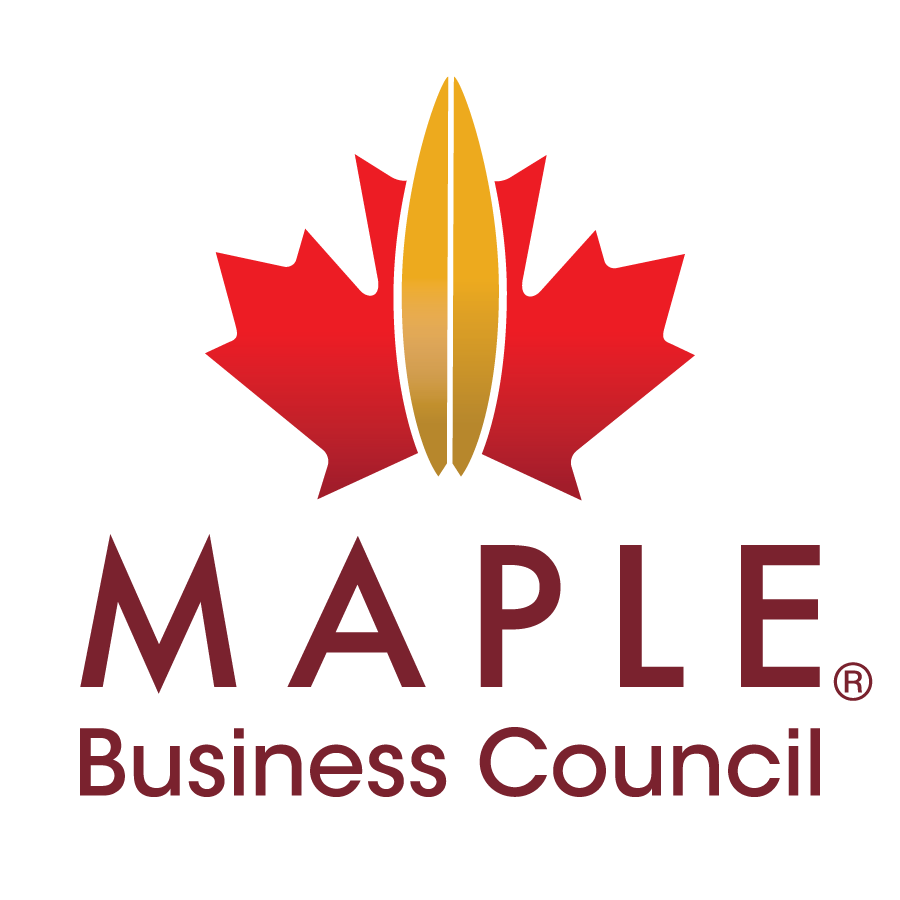Authors: Howard Greenberg, Co-Founder; Naumaan Hameed, Co-Founder, Greenberg Hameed PC
1. UNPRECEDENTED SKILLS CHALLENGES
A growing concern facing many North American companies is the inability to attract and retain the right skills to compete in the global marketplace. The issues are multifaceted – increased demand of rare skills, an unprecedent wave of resignations and career changes in the workforce and heightened competition for talent given the prevalence of remote work options.
Interestingly, shortages are acutely prevalent despite an impending global recission, resulting in the desperate need of certain skills while waves of other skills are being made redundant. To make circumstance more challenging, the pace of digitization in all its forms, requires companies to make complex operational and strategic decisions quickly or face significant economic consequences.
The stakes are high and business resilience in today’s landscape requires having access to a workforce with the right balance of skills to service clients requiring in-demand services across industries while also ensuring the right balance of experienced and strategic thinkers.
2. IMMIGRATION NO LONGER A LAST RESORT
There was a time where immigration officials would often refer to employers accessing foreign workers as a “measure of last resort”. In our discussions with companies, we take a very different view given the current climate around workforce dynamics and chronic skill shortages.
Immigration is a now a primary driver in talent acquisition and retention in the current climate. Companies need to understand their talent gaps, consider the short term, middle and long term needs and understand how a well-thought-out immigration plan can help assist recruitment and talent sourcing departments attract the best foreign talent.
3. WHAT IS “IMMIGRATION DESIGN THINKING”?
All too often immigration is viewed narrowly as an isolated process to simply facilitate the entry of a foreign national to obtain work authorization. This is a short-sighted approach to immigration which is largely transaction-based and reactive in nature.
Immigration Design Thinking (a self-created term) is a methodology that involves applying creativity and vision to solve complex talent problems to enhance the operational and strategic effectiveness of a corporation. It involves identifying the skills and talent challenges in the context of a specific business model and then developing a bespoke immigration solution unique to the needs of the specific client.
When implemented properly Immigration Design Thinking can lead to a significant differentiator on key success factors – quality of candidate, time to deployment, customer solution, diversity, and cost. It is a proactive/strategic approach to dealing holistically with skills challenges and implementing sustainable talent solutions.
4. CASE SCENARIOS
#1 North American Talent Hubs
Problem -
Several large technology companies were losing revenue and client confidence in the United States due to the unpredictability of US immigration decision making, limitations of annual quotas and lengthy Green Card processing times. Customers were not able to access key services.
Solution -
An immigration plan was developed to deliver North American projects from Canada to access more predictable work permit and permanent residence processing, while increasing profit margins based on current and prevailing wage issues. The significantly higher approval rates and ability to predict arrival dates resulted in a significant competitive advantage for the company and confidence of customers. In fact, the immigration solution that was deployed resulted in a competitive advantage in the marketplace.
Part of the solution involved accessing foreign workers through multiple streams including the C12 Intra-company transfer as well as Canada’s Global Talent Stream which is designed to assist innovative companies scale operations. As well, a process was created for contingency plans to transfer impacted foreign workers from the US to Canada to maintain business continuity.
Moreover, the client was able access tax credits where the operations in Canada involved research and development initiatives resulting in additional savings for the client. Services were able to be delivered remotely from Canada for both local and US based companies.
#2 Talent Mapping
Problem -
A Canadian Infrastructure and engineering company won a large bid to deliver a three-year services contract on a national project. The delivery of services will be contingent on accessing key technical skills, some from within the organization but many hires on a global basis with time sensitivity.
Solution -
A strategic review of all the company’s talent needs was mapped out including the duties, salary and location of work and then mapped against all available immigration options with processes and timelines factored into the strategy. Internal recruiters attended a strategy session and learned about the availability of all work permit categories as well as mobility trade provisions in many international trade agreements with countries around the world and expedited work permits available for certain occupations.
The company was able to identify which roles could be sourced internally through their foreign expat population while also understanding the benefits of strategically recruiting from source-countries with existing facilitative trade agreements that would address their specific occupational needs.
The Takeaway:
A proactive and creative approach to today’s talent challenges leveraging immigration expertise, policy and programs is a critical part of a modern employer’s skills tool kit. Immigration Design Thinking can also deliver a unique differentiator in accessing rare and diverse talent, abilities, and perspectives, while driving business growth and innovation.
For more information. please visit the Greenberg Hameed PC website.

